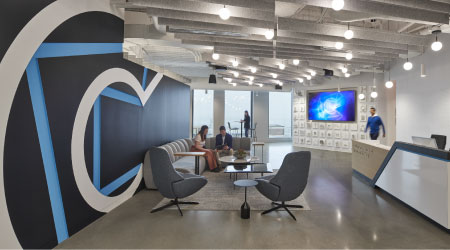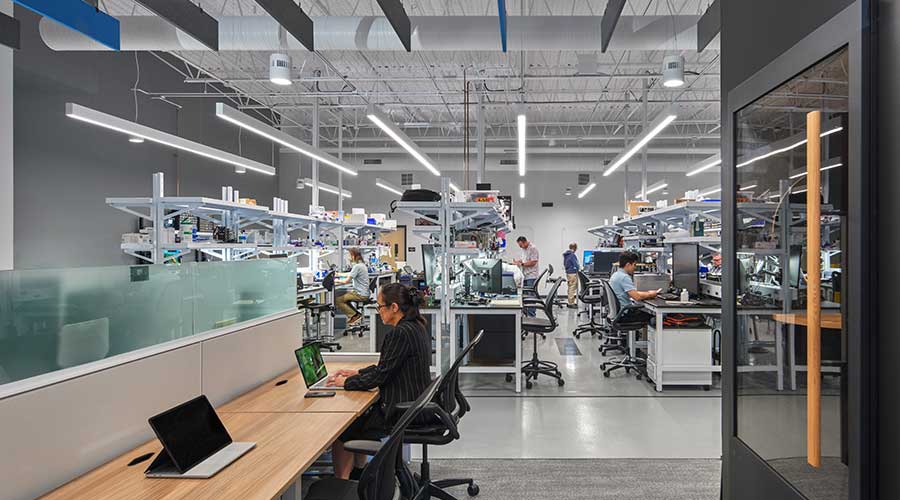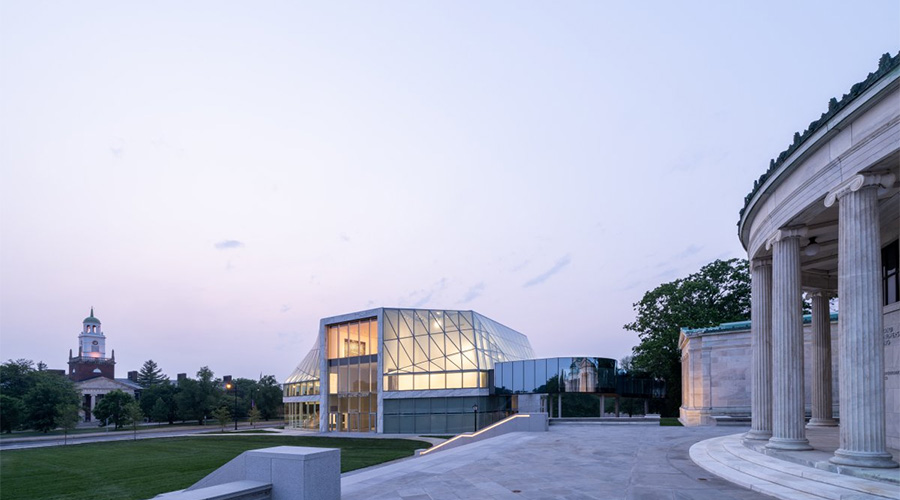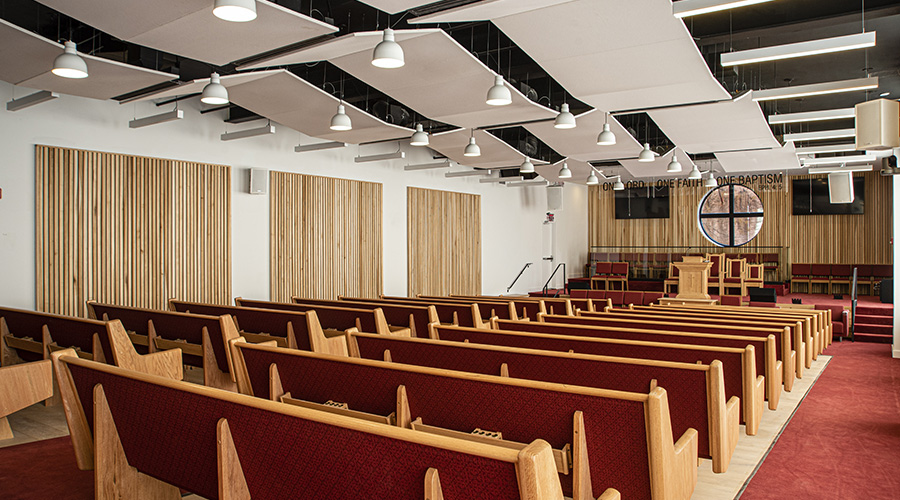Office Design Needs To Provide Employees Privacy When They Need It
Apart from corporate culture, there's also the question of the work that people are actually doing. In some companies, such as insurance companies, many individuals do data entry work, while other employees are entering and reviewing claims, HOK's Polucci says. It's repetitive work that requires little collaboration. Instead, individuals need a staff meeting room and a few spaces to make private phone calls. That working environment contrasts with the marketing team that has groups of individuals working in teams in open areas.
"You need to consider the functional profiles of the people working in the space and make the space specific for the company," says Polucci.
There is a new sensitivity to "space utilization," says Gary Miciunas, principal, advisory services, at Nelson. Some companies that once assigned employees specific space, typically an office, now find that those spaces are only used half the time, meaning that people are working either outside the building or in collaborative space. That's led some companies to want both collaborative space and traditional office space, which has sparked greater interest in shared-space concepts, Miciunas says. Although shared space, where the same space is assigned to several individuals at different days and times, isn't for everyone, it does work for some individuals. "It's about having a choice," Miciunas says. "We're trying to have a broader range of spaces so they can mix or match."
Giving employees a choice as to where they work is a critical element in successful collaborative design, experts say. Choice doesn't mean individual employees decide during the design stage whether they they'll have an enclosed office or an open area for their workspace. It means designing workspace that has some of each and making both functional and appealing.
"It allows a staff to have different work styles, whether it's sitting in a café with a laptop with their team or sitting in an enclosed room," says Nelson's Rosenblatt. "It's having collaborative areas dispersed throughout the office and not just in one space." The goal, he says, is to provide a variety of collaboration and meeting spaces customized to the specific needs of the organization.
Related Topics:















